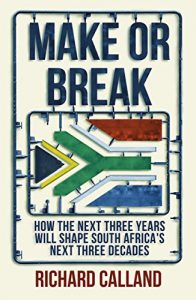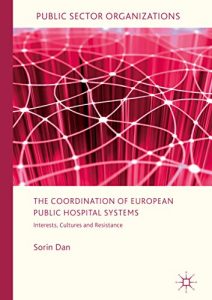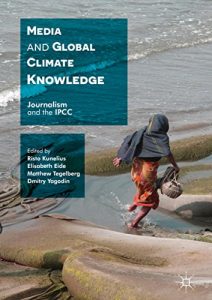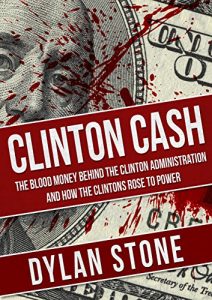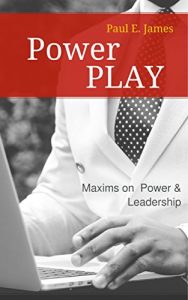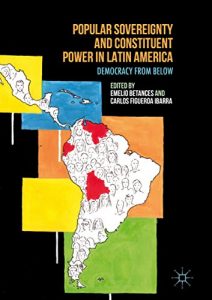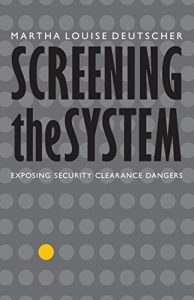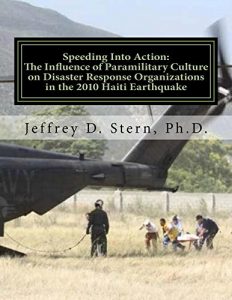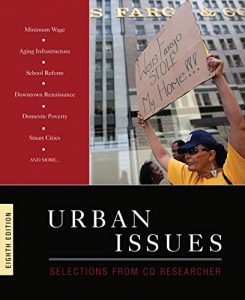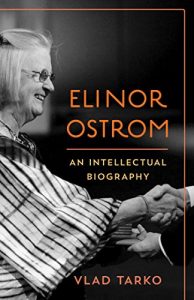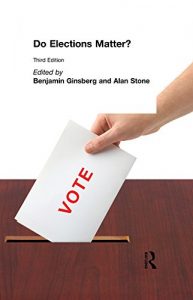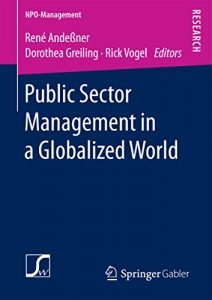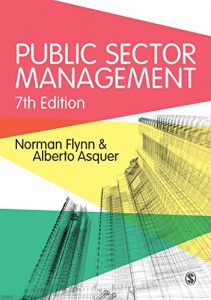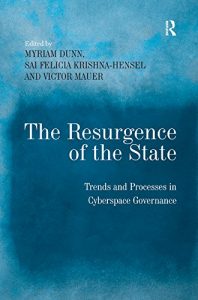I 99eBooks è una directory di eBook. Cerchiamo e classificato intorno alle eBooks Web per te!
Tutti i diritti riservati. I libri e libri elettronici sono di proprietà dei rispettivi proprietari.
Amministrazione pubblica Ideologie politiche Pubblica amministrazione Pubblica amministrazione e settore pubblico
The Ten Commandments of Propaganda (English Edition)
There is no escape from propaganda. Propagandists shape the informational sociology of our time. The Ten Commandments of Propaganda serves two purposes: offense and defense. It dispels mistaken, trivializing ideas about what propaganda is, and it is also a comprehensive guide to using and understanding propaganda successfully. Brian Anse Patrick explains that the popular conception of propaganda is negative due to its historical associations with totalitarianism and ideological crusades, but, in fact, the methods and techniques of propaganda are intrinsic to modern administrative science, which includes all types of political systems, social movements and commercial/non-profit enterprises. In essence, propaganda is the scientific art of interpreting your reality in order to benefit the propagandist. Propaganda is junk food for the mind. Like purveyors of junk food, propagandists thrive upon your lack of time and energy, and your need for instant gratification. They are more than willing to do your thinking for you. In equal parts theoretical discourse and practical guidebook, whether the reader desires to be an informed user, consumer or critic of propaganda, Professor Patrick provides many much-needed lessons in one of the most subtle, but vital, forces of our information-saturated age. The Ten Commandments, although easy to understand, have profound ramifications.
“Propaganda is the universal social lubricant, being sustainable, recyclable and cheap to manufacture.”-from the author
Brian Anse Patrick is a professor in the Department of Communication at the University of Toledo, Ohio. In addition to holding a Ph.D. in Communication Research from the University of Michigan-Ann Arbor, he is author of "Rise of the Anti-Media: In-Forming America's Concealed Weapon Carry Movement" and "The National Rifle Association and the Media: The Motivating Force of Negative Coverage" Dr. Patrick is nationally recognized as an expert on American gun culture mobilization and on the history and technique of propaganda.
“Propaganda is the universal social lubricant, being sustainable, recyclable and cheap to manufacture.”-from the author
Brian Anse Patrick is a professor in the Department of Communication at the University of Toledo, Ohio. In addition to holding a Ph.D. in Communication Research from the University of Michigan-Ann Arbor, he is author of "Rise of the Anti-Media: In-Forming America's Concealed Weapon Carry Movement" and "The National Rifle Association and the Media: The Motivating Force of Negative Coverage" Dr. Patrick is nationally recognized as an expert on American gun culture mobilization and on the history and technique of propaganda.

